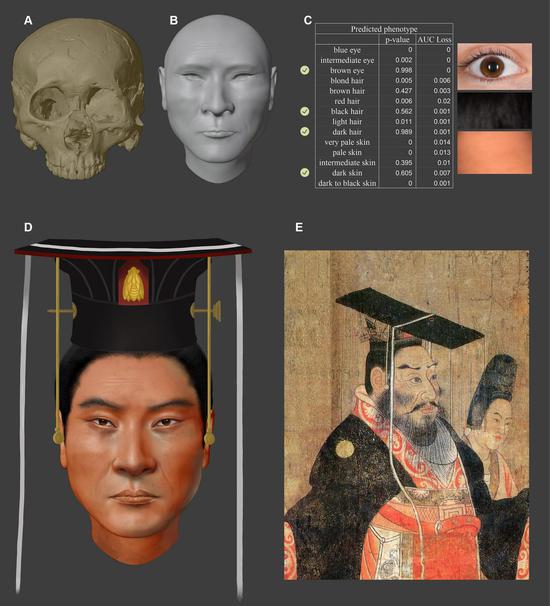Infectious respiratory diseases, including influenza and COVID-19, have the greatest potential to trigger the next pandemic and it is critical to maintain regular and comprehensive monitoring of pathogens in circulation to boost preparedness, public health experts said recently.
Shen Hongbing, director of the Chinese Center for Disease Control and Prevention, said during a recent academic conference that respiratory infections can be caused by a large and diverse family of pathogens, and they can be transmitted quickly, lead to complicated clinical symptoms and inflict a heavy burden on society. Children, the elderly and people with underlying diseases are all high-risk groups.
"Infectious respiratory illnesses remain the most challenging disease that can lead to a pandemic," he was quoted as saying by Jiemian.com, an online news outlet. "Among them, influenza and the COVID-19 disease have caused pandemics before, but they still carry the risk of sparking another one and should be prioritized in pandemic preparedness."
Globally, there are about 1 billion seasonal influenza cases a year, resulting in 3 to 5 million severe cases and 290,000 to 650,000 related deaths. Modeling suggests that China has about 88,100 excess deaths linked to influenza, accounting for up to 8.2 percent of all mortalities linked to respiratory illnesses, according to Shen.
Another threat is bird flu, which can infect humans. Shen said that human infections with the H5N6 and H9N2 subtypes have been the most common in the past five years and heightened awareness should be paid to H5N1 bird flu outbreaks among poultry and the risk of the virus jumping to other species.
"In addition, China has nearly the most complicated situation in terms of human infections with the novel bird flu," he said.
Regarding COVID-19, Shen said that the domestic COVID-19 disease has stabilized since February of last year, with two upticks in infections noted in the second and third quarters.
But Shen said that the overall level of COVID-19 remains at a low in China at present.
Liang Wannian, executive dean of Tsinghua University's Vanke School of Public Health and a former health official, said during a previous interview that acute and emerging respiratory infectious diseases are the most pressing challenges.
"The key priority would be preventing and dealing with respiratory diseases that can be transmitted through small respiratory particles and droplets," he said.
Special attention should also be paid to the family of coronaviruses. Currently, there are seven coronaviruses that can infect people, including the viruses that cause COVID-19, severe acute respiratory syndrome, and Middle East respiratory syndrome, he said.
Health experts have also sounded the alarm about Disease X — a hypothetical disease that could cause a serious global emergency.
Wang Hesheng, director of the National Disease Control and Prevention Administration, said during a news conference last month that Disease X would be deadly, highly transmissible and prone to mutating.
"Global experts have agreed that the risk of Disease X triggering a pandemic is rising due to factors such as climate change, expanding human activities and frequent cross-species spread of pathogens," he said.
However, Wang said that such a pandemic can be dealt with effectively by stepping up preparedness in building a multichannel surveillance and early warning system, strengthening evaluations of contagious illnesses and improving capabilities in detecting a new outbreak as soon as possible.
He said that China has set up an intelligent, multi-point infectious disease monitoring and early warning system. The system contains 10 surveillance channels such as monitoring hospitals, viral variants and urban wastewater to help project epidemic trajectories and inform response strategies.
Shen said the administration is working on a research project in the hope of detecting novel, high-risk pathogens and strengthening early preparations against them.
Ana Maria Henao-Restrepo, leader of the R&D Blueprint at the World Health Organization Emergencies Program, said it is critical for countries to monitor viruses and bacteria in circulation.
"The second thing is to characterize the viruses and bacteria, how they transmit, how they infect people and how they cause disease. The third point is contributing to your local, regional and global efforts to develop vaccines, therapeutics and diagnostics," she said, adding that global collaboration and coordination is also important.


















































 京公网安备 11010202009201号
京公网安备 11010202009201号